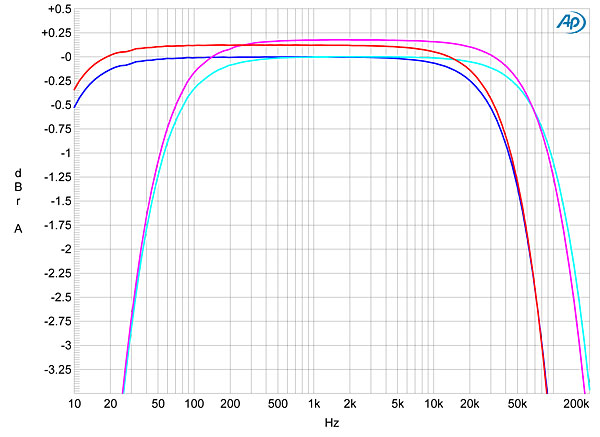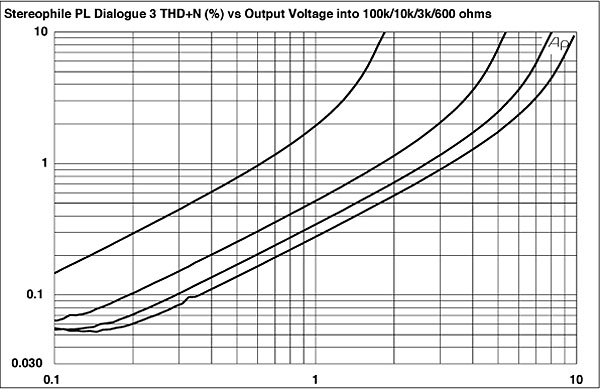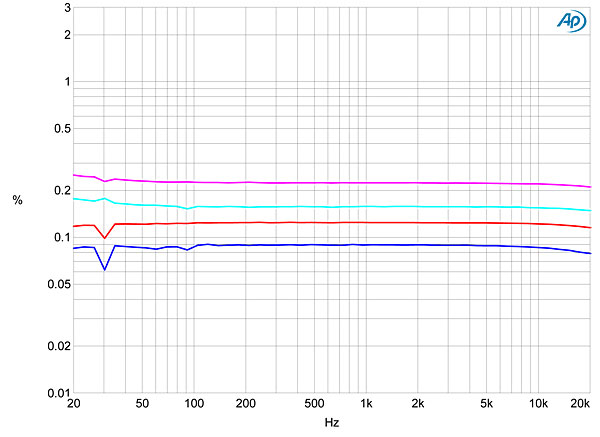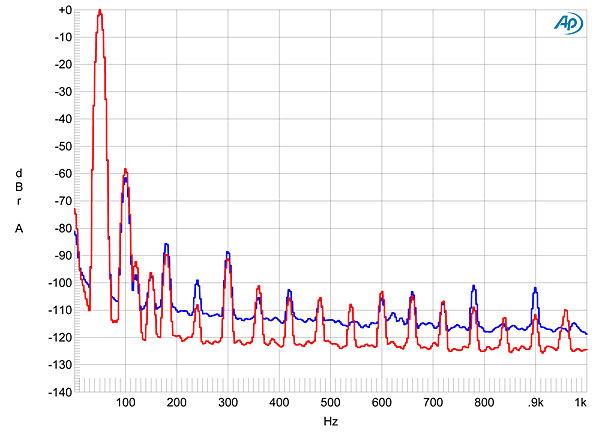| Columns Retired Columns & Blogs |
Hmmm ... that sounds just like tube standby mode to me.
I applaud the fact that they have a standby mode, and that it's automated, but it amazes me why that's not more standard nowadays. It used to be.
And with the quality of today's tubes it should be standard, especially for power amps. Not preheating the filaments really decreases tube life. I can't believe how much costly tube gear doesn't do this.














































